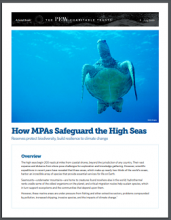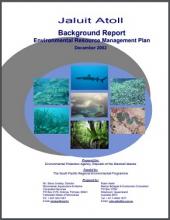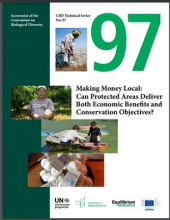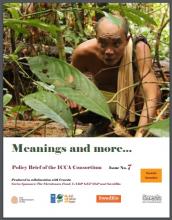
The resources outlined below are designed to assist practitioners in the challenging area of governing protected areas. This subject area is divided into two parts:
Governance and Legislation Guidance
A combination of global guidance documents for governance and Pacific related papers addressing legislation gaps in certain countries and discussing legal frameworks for community-based management etc
Enforcement and Compliance
Useful guidance papers developed by PIMPAC for conservation officers in the Pacific Islands, as well as some more general papers on enforcement in protected areas. There is also a resource discussing the use of economic incentives for community-based nature conservation.





















































